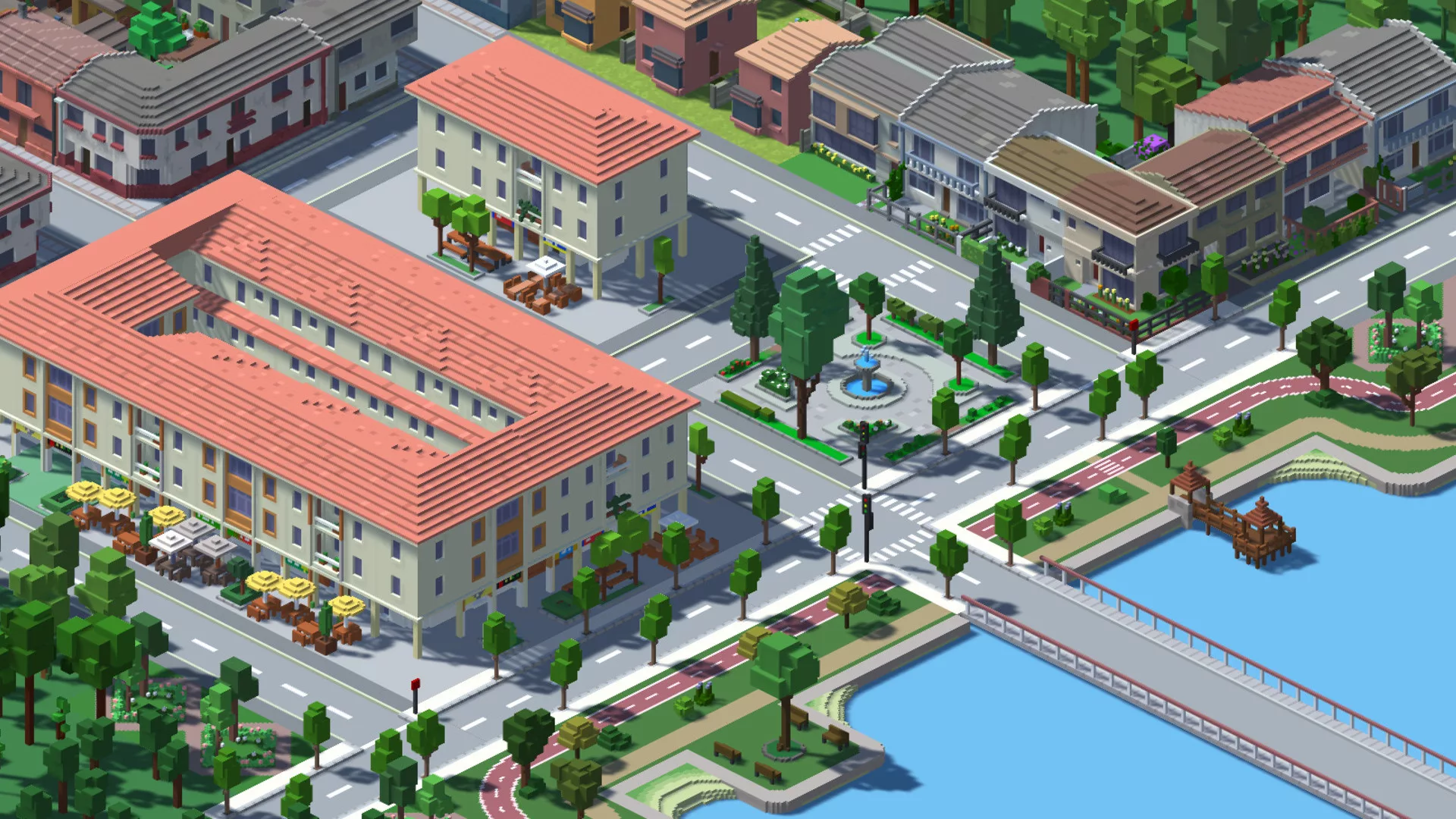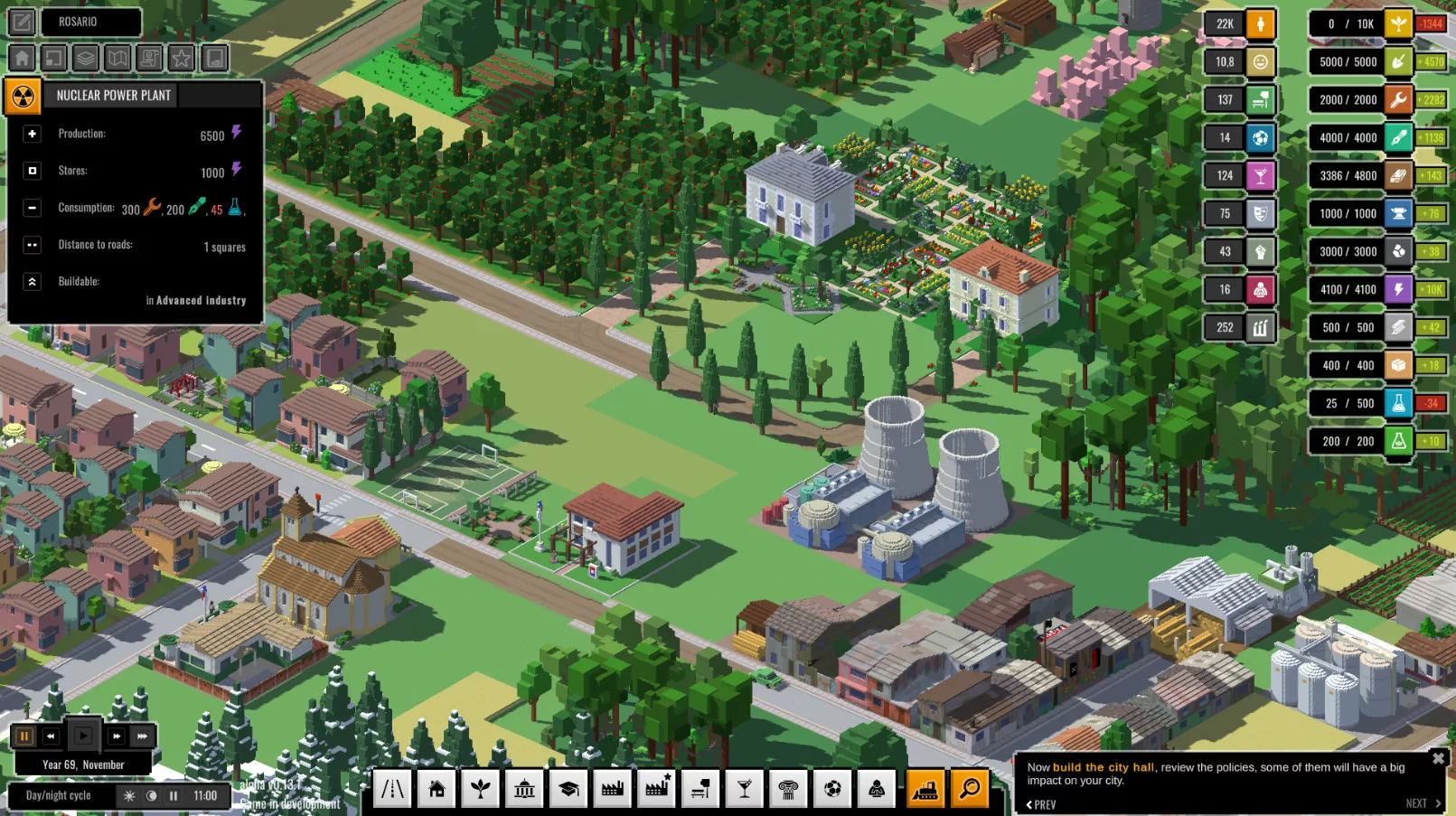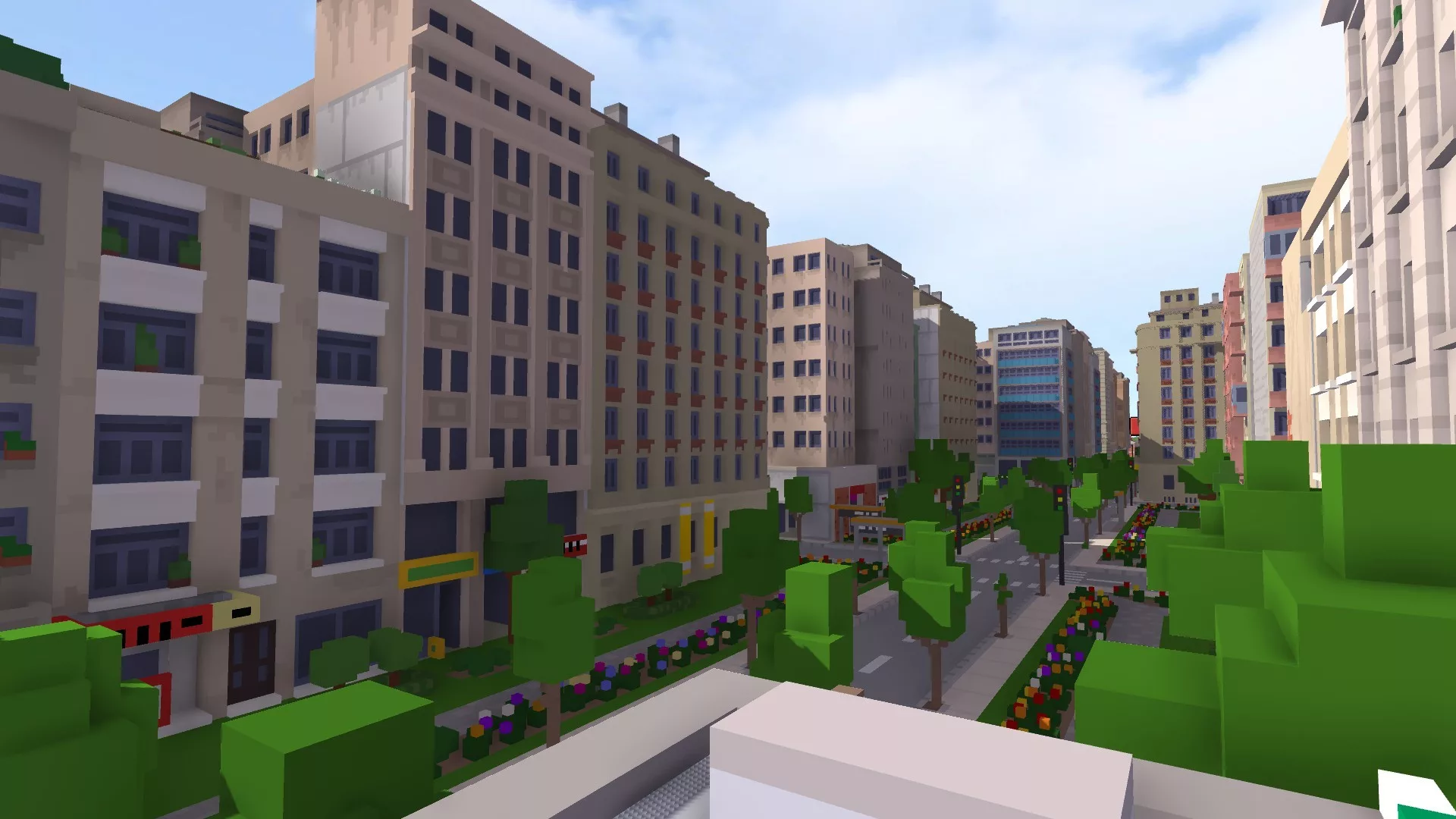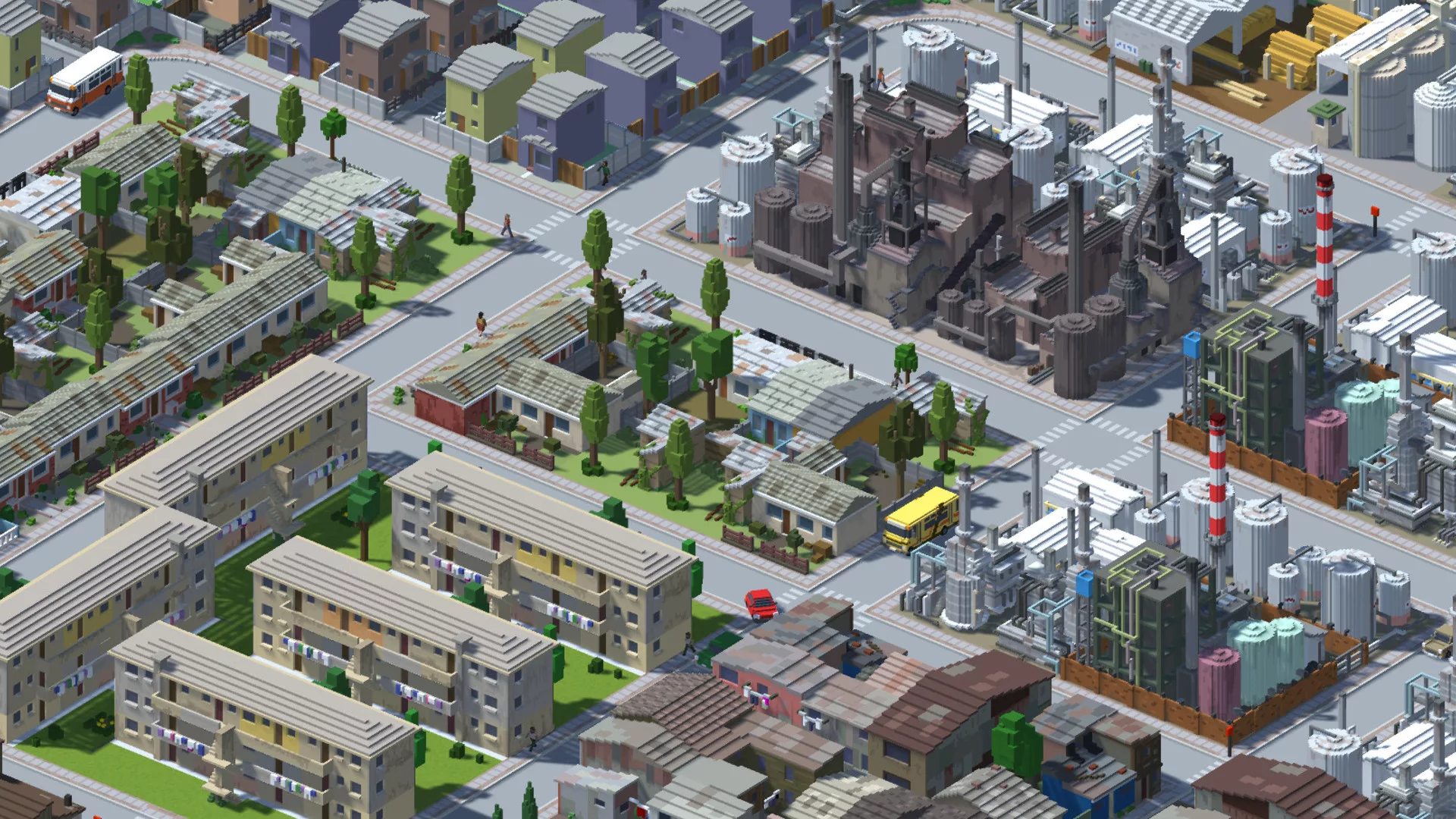City-building games are my jam and I recall great memories of times with titles such as Sim City, Cities Skylines and even the more recent Anno 1800 for consoles. There is just something about crafting your own environments and communities and then sitting back and observing your creation on the backdrop of the landscape. Usually, the possibilities and opportunities to have a different experience every time with this genre of the game are endless, so I was keen to see if Urbek City Builder follows the same premise as similar games. The art style instantly caught my eye when observing screenshots before getting hands-on. After almost a year on Windows PC, it is time to shine on Xbox One and Xbox Series X|S. I was naturally intrigued to check out whether the port across is a solid one.

Gameplay
Going into this game a little blind, I was impressed to see just how much was on offer and how many different types of buildings and options there are. If you’re looking for a Sim City kind of adventure with juggling revenue and finances along with all manner of things going wrong, then this isn’t that kind of experience. Urbek City Builder is more of a casual building journey where you plan your own cities on a blank canvas and structure it exactly as you please rather than having to worry about keeping an eye on everything else as you do in other building sims.
This isn’t to say you will just want to mindlessly just plonk buildings down wherever, there is still some thought process involved. You’ll want to build residential areas with buildings communities would want like local shops whereas, for farms and industrial areas, you’d want to place them alongside specific resource-rich areas. You won’t want to put a farm in the desert for instance as it just wouldn’t function, instead, you’ll be looking for lovely green portions of the map. I won’t lie when I say I found things a little overwhelming at first, but take your time with the tutorials and it won’t be long till you’re masterful with the menus, building placement and controls.

Managing Resources
Whilst there aren’t finances to worry about, you will have to watch the resources that roll in to allow you to build. Getting this right is a little like a jigsaw puzzle, you’ll need housing to fund the labour but you’ll need farming for food which in turn will keep the community fed and the labour conveyor belt turning. You have to be mindful of how quickly you build as if you go too fast with things, you’ll hit a brick wall with resources leaving you with a period of time where you may not be able to build much at all.

No Objectives Or Tasks
Unfortunately, there aren’t really any objectives or tasks other than what the tutorial commands you to do in learning the game. Whilst the most casual of players will just love mucking around and building city after city, the gameplay loop got a little stale for me after some time. There is the ability to switch to a first-person mode in order to walk around your creation which is a nice little touch and adds another layer to the game. You can tinker around with some policies in the game such as extending people’s working days, sustainable forestry, better quality food and miles more and these can be activated and de-activated whenever you please. Whilst I didn’t explore all of these options, it does give the player the option to change up the gameplay loop a little.

Graphics & Audio
I adore Urbek City Builder’s aesthetics; some may draw direct comparisons to games such as Minecraft. It gives off that same blocky aura that one of the most popular games in the world made world famous. Whilst you don’t lay everything down block by block, you have the flexibility to lay down structures where and how you want them providing you have the right resources. I was impressed with how you gradually see the game world come to life with traffic and pedestrians walking around. The day and night cycle is also satisfying to the eye as well as you see the glare of lighting from residential buildings. Shadows are realistically placed and blend in perfectly with the surroundings. The UI does look super daunting as you tackle the learning curve in the early game but it does display well.
Audio is quite minimal and there is a soundtrack with tracks on a loop which can get a little repetitive for long sessions with this. Personally, I found this the perfect kind of game to catch up on the plethora of podcasts I listen to anyway, so it didn’t bother me much in that respect. Aside from the in-game music, sound effects are just limited to certain elements such as building placement and clicking your way around the world.

In Conclusion
Urbek City Builder is a game that looks simplistic to the eye but actually has a deep progressive learning curve to it. After playing it for a fair amount of hours I wouldn’t directly compare it to games such as Cities Skylines as it kind of stands on its own two legs. Not having the constant worry of balancing finances is a great change from so many other similar games out there.
Fortunately, the developers have included enough in the way of tutorials throughout the game in order to understand and learn all the features and processes. Using the mixture of workers, food production and wood salvaging to build a bustling city from a blank canvas is a rewarding and satisfying process which becomes extremely addictive if you’re into this style of gameplay. For a little over £15 I think this is well worth the asking price and serves as a nice distraction to the intensity of some of the latest triple-A titles.
Overall
-
CX Score - 75%75%
Summary
Pros
- Lovely pixel-art aesthetic and no two cities ever seem to look the same
- Great intuitive tutorials
- Decent port from PC with easy-to-learn controls
- Lots of versatility and selection in buildings and placement
Cons
- Could be too casual for some
- The lack of any objectives or direct tasks are non existent so that may turn the game stale quickly

